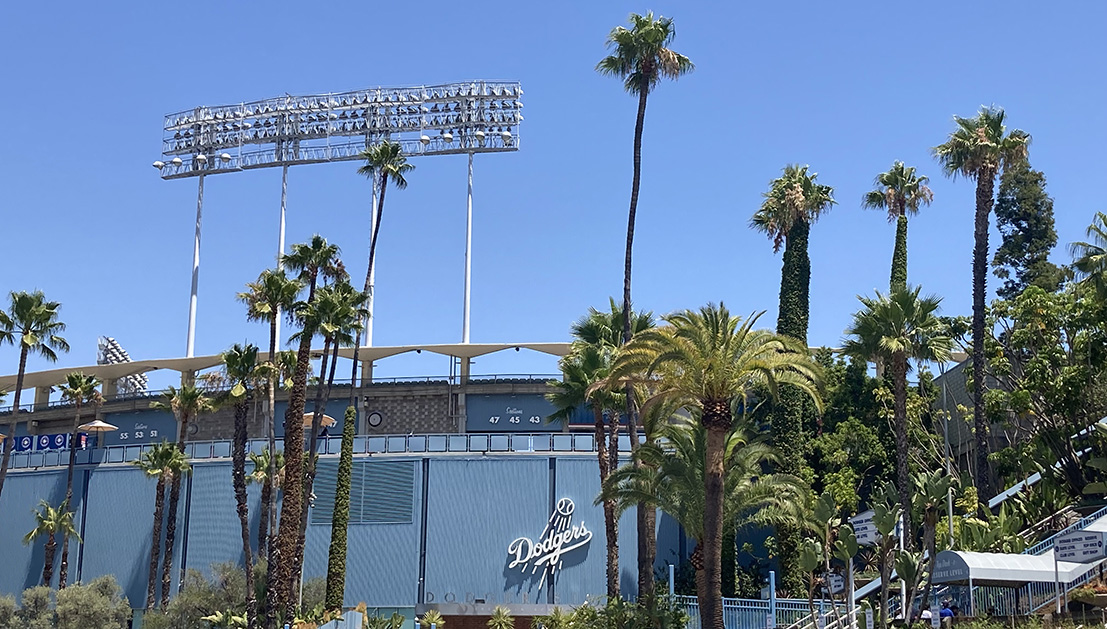SPORTS INFO DASH
Sports Info Dash is your all-in-one hub for real-time sports updates, live scores, in-depth match stats, player profiles, and breaking news across football, basketball, tennis, and more. Stay ahead with the latest in global sports action.
Marlins - Dodgers: Exploring MLB’s Widest Payroll Gap and Its Impact
Sports Info Dash

Introduction
The 2025 "marlins - dodgers" series isn't just a regular matchup—it's a showcase of Major League Baseball's extreme financial divide. As the high-spending Dodgers face off against the budget-minded Marlins, fans and analysts alike are left wondering: does money make the difference on the field? This article dives into the numbers, the atmosphere, and the lasting impact of the historic payroll gap between these two franchises.
The Money: Unpacking the Payroll Chasm
In 2025, the Los Angeles Dodgers are spending a staggering $476 million on their roster, while the Miami Marlins spend just $69 million. This difference isn't just big—it's the largest payroll gap in modern MLB history. The disparity sets a new benchmark for financial inequality in professional baseball. A detailed breakdown by Sportsnet highlights the $407 million chasm separating these teams.
Efforts like the competitive balance tax were implemented to address such divides, but the gulf has only widened. Big-market teams continue spending, while smaller franchises struggle to keep up, both financially and competitively. The Athletic’s in-depth feature explains how stadium attendance, TV deals, and even marketing from superstars like Shohei Ohtani amplify these differences further.
The Experience: Stadiums and Attendance
While the Dodgers average over 50,000 fans per game—topping MLB attendance charts—the Marlins often struggle to fill their seats. According to Sportsnet’s analysis, Miami’s average crowds barely exceed 12,000, with multiple games drawing less than 10,000 spectators. The spending gap translates directly to what fans see and feel at the ballpark. The electric atmosphere at Dodger Stadium is fueled by star power and a constant flow of new talent, while the Marlins look to new training strategies and player development to compete against financial odds.
Does Spending Guarantee Success?
The question remains: does the "marlins - dodgers" payroll gap ensure a Dodgers victory? History offers mixed answers. While teams with top payrolls—like the Dodgers and Yankees—often lead in wins and ticket sales, baseball still allows for surprises. Small-market success stories, such as the Tampa Bay Rays, prove that smart management and innovative strategies can bridge the financial gap, though these cases are the exception.
Still, it's undeniable that higher spending increases the margin for error and depth—a luxury the Dodgers enjoy and the Marlins lack. As the Dodgers Digest game recap points out, roster moves and player rotations are easier for deep-pocketed teams, leaving clubs like Miami to develop new methods in training and recruitment.
The Future: Can the Gap Be Closed?
MLB faces growing pressure to address this disparity for the long-term health of the game. Proposals range from stricter payroll caps to incentivizing investment in player development for all teams. As the collective bargaining agreement approaches renewal, questions about fairness and competitiveness will only intensify.
In the meantime, the Marlins - Dodgers series stands as a telling case study. Fans in Miami and Los Angeles get very different experiences, but both share a love for the game. As teams strive for sustainable success, perhaps the biggest wins will come from new ideas rather than just deep pockets.
Conclusion
The "marlins - dodgers" payroll gap is more than a talking point—it's reshaping the league's future. Whether you're a fan of big spending or small market innovation, the ongoing dynamic between these two teams offers a glimpse into where baseball is headed. For more insights, check out these resources on the historic payroll divide and what it means for the future of MLB.